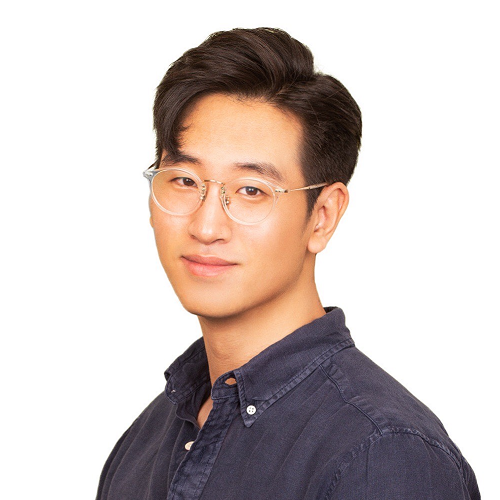Police open probe into doctors' ringleaders as deadline approaches
Published: 28 Feb. 2024, 17:25
Updated: 28 Feb. 2024, 19:15
-

- MICHAEL LEE
- lee.junhyuk@joongang.co.kr
![Health Minister Cho Kyoo-hong, left, inspects working conditions at Kyungpook National University Hospital in Daegu amid the ongoing walkout by junior doctors on Wednesday. [HEALTH MINISTRY]](https://koreajoongangdaily.joins.com/data/photo/2024/02/28/52deb7da-c4ea-499d-a96b-328dbd9161ec.jpg)
Health Minister Cho Kyoo-hong, left, inspects working conditions at Kyungpook National University Hospital in Daegu amid the ongoing walkout by junior doctors on Wednesday. [HEALTH MINISTRY]
Police on Wednesday launched an investigation into five current and former leaders of the country’s largest doctors’ lobbying group after the Health Ministry lodged a criminal complaint alleging that they instigated a collective walkout of junior doctors from hospitals.
The opening of the investigation came as the ongoing strike by intern and resident doctors to protest the government’s plan to increase medical school recruitment by 2,000 slots entered its ninth day, disrupting surgeries and forcing emergency wards to turn away patients for lack of medical personnel.
The previous day, the Health Ministry filed a police complaint against five members of the Korean Medical Association (KMA)'s emergency committee, including committee chairman Kim Taek-woo, former KMA chief Noh Hwan-gyu and Lim Hyeon-taek, the chief of the Korean Pediatric Society.
In its complaint, the Health Ministry accused the KMA leaders of triggering mass resignations by junior doctors by expressing its support for collective action, providing legal assistance to striking doctors and encouraging defiance of the government’s back-to-work order.
The ministry’s complaint marks the government’s first step to prosecute those it holds most responsible for the walkout, which has seen around 9,000 junior doctors walk off the job at general hospitals across the country.
Korea has approximately 13,000 medical interns and residents, most of whom work and train at 100 general hospitals. Junior doctors comprise 30 to 40 percent of total doctors at the country’s top hospitals.
Earlier in the week, the ministry issued an ultimatum to doctors on strike to return by Thursday to avoid legal consequences, such as license suspensions and criminal prosecution, warning that those who fail to comply would face “zero tolerance.”
On Wednesday, Health Ministry officials also began visiting the homes of junior doctors to deliver the government’s back-to-work order, which a ministry official said was aimed at verifying the receipt of such notices in case of potential legal disputes.
As of Monday night, 72.7 percent of junior doctors — some 8,939 interns and residents — had walked off their jobs, while the number who had submitted resignations reached 9,909, or 80.6 percent of trainees.
The Health Ministry has ordered hospitals not to process the resignations, rendering them invalid.
Observers say the government can ill afford to prosecute all of the doctors who have walked off their jobs.
As junior doctors typically assist senior doctors during surgeries and deal with inpatients, pursuing legal action against all of the strikers could create a huge vacuum in the health care sector.
While the government has permitted nurses to perform some tasks usually performed by junior doctors since Tuesday, it remains unclear how long medical professionals who have remained at their posts can cope with the increased workload.
The number of surgeries being performed at general hospitals has halved since the walkout began, according to local media reports.
On Tuesday, President Yoon Suk Yeol ruled out further “negotiation or compromise” with doctors over the planned expansion in medical recruitment, saying an increase of 2,000 medical students from the current cap of 3,058 “is the bare minimum necessary measure to ensure the state can fulfill its constitutional mandate” of ensuring widespread access to quality health care.
The government has argued more doctors are needed in rural areas and essential medical fields, such as high-risk surgeries, pediatrics, obstetrics and emergency medicine.
While doctors claim that too many trainees enter lucrative fields such as cosmetic surgery and dermatology at the expense of low-paying, high-risk jobs in essential sectors, critics argue that doctors also oppose increased recruitment for fear of higher competition and lower pay.
Korea currently has 2.5 doctors per 1,000 people — the second lowest rate in the OECD group of developed nations after Mexico.
BY MICHAEL LEE [lee.junhyuk@joongang.co.kr]










with the Korea JoongAng Daily
To write comments, please log in to one of the accounts.
Standards Board Policy (0/250자)